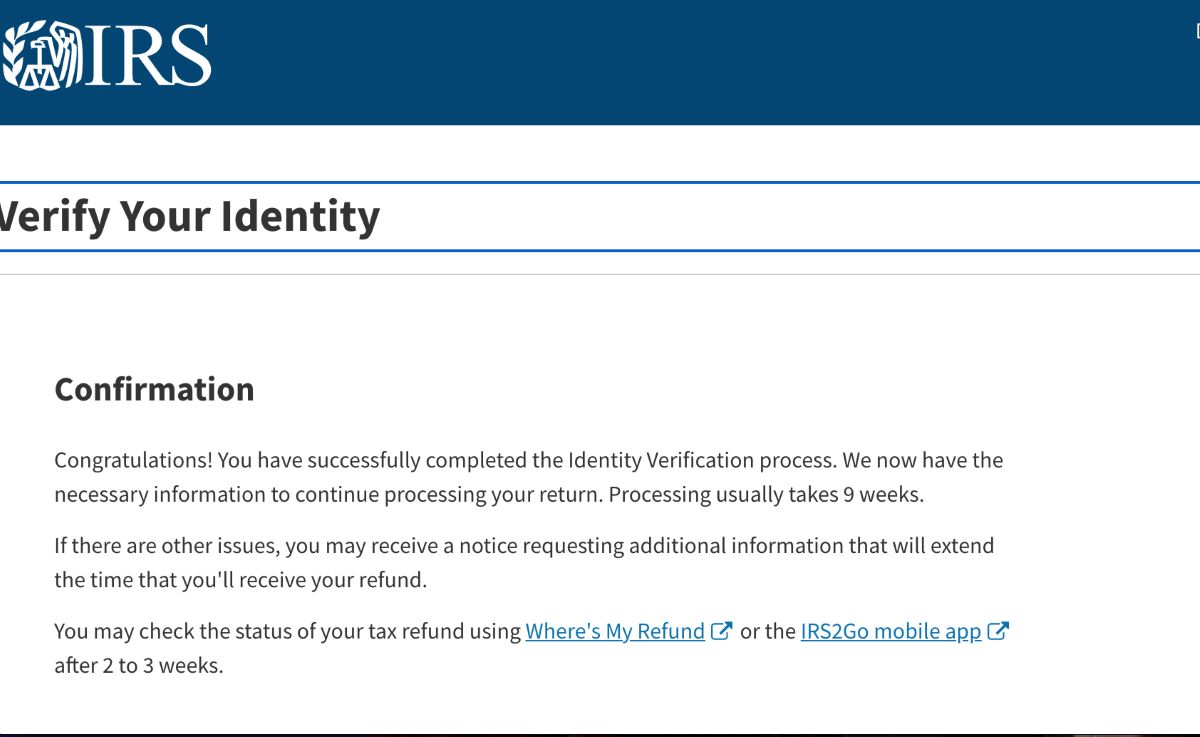Home>Finance>Peer-to-Peer (P2P) Service: Definition, Facts, And Examples


Finance
Peer-to-Peer (P2P) Service: Definition, Facts, And Examples
Published: January 6, 2024
Learn the definition, facts, and examples of Peer-to-Peer (P2P) service in the finance industry. Explore how this decentralized system is transforming the way we handle transactions and manage investments.
(Many of the links in this article redirect to a specific reviewed product. Your purchase of these products through affiliate links helps to generate commission for LiveWell, at no extra cost. Learn more)
Peer-to-Peer (P2P) Service: Definition, Facts, and Examples
Welcome to our finance blog! In this article, we will dive into the world of Peer-to-Peer (P2P) services, exploring their definition, interesting facts, and providing you with real-life examples. If you’ve ever wondered what P2P services are and how they can impact your financial life, you’ve come to the right place. So, let’s get started!
Key Takeaways:
- P2P services connect individuals directly, allowing them to transact, borrow, or lend money without involving traditional financial institutions.
- These services provide a platform for individuals to leverage their assets or funds, potentially earning higher returns or accessing loans at competitive rates.
What is a Peer-to-Peer (P2P) Service?
A Peer-to-Peer (P2P) service is an innovative and disruptive approach to finance that connects individuals directly, bypassing traditional intermediaries such as banks. P2P services provide an online platform where users can offer or access various financial services, including borrowing, lending, investing, or even crowdfunding projects. This peer-to-peer interaction eliminates the need for a middleman, streamlining transactions and potentially making financial services more accessible and affordable for everyone.
Now that we have an understanding of what P2P services are, let’s explore some fascinating facts about this emerging financial trend:
- P2P services have experienced significant growth in recent years, disrupting traditional financial systems globally.
- The rise of P2P lending platforms has provided an alternative lending option, especially for individuals and small businesses who have struggled to secure loans through traditional means.
- P2P investment platforms offer opportunities for individuals to diversify their investment portfolios by investing in loans originated by others.
- Peer-to-peer payment systems enable fast and low-cost money transfers between individuals, eliminating the need for intermediaries.
- Online marketplaces for sharing goods and services, such as ride-sharing or home-sharing platforms, are also considered P2P services.
Examples of Peer-to-Peer (P2P) Services
Let’s take a look at some real-life examples of Peer-to-Peer services that have gained popularity:
- LendingClub: As one of the largest P2P lending platforms, LendingClub connects borrowers with investors, offering competitive interest rates and providing an alternative to traditional bank loans.
- Prosper: Another well-known P2P lending platform, Prosper allows individuals to borrow money for various purposes, matching borrowers with lenders willing to fund their loans.
- Uber: The ride-sharing giant Uber connects drivers with passengers, allowing them to share rides and conveniently get around cities, all through a user-friendly app.
- Airbnb: This popular home-sharing platform enables homeowners to rent out their properties to travelers, offering a unique alternative to traditional hotels.
- TransferWise: As a P2P money transfer service, TransferWise facilitates low-cost and efficient international transfers between individuals and businesses, bypassing expensive fees associated with traditional banks.
These are just a few examples of the many P2P services available today, each offering its own unique benefits to users.
In conclusion, Peer-to-Peer (P2P) services have revolutionized finance by providing individuals with alternative ways to access funds, invest money, or perform transactions. The growth of P2P platforms has empowered individuals to take control of their financial lives, opening doors to new opportunities and disrupting traditional financial systems. So, whether you’re considering borrowing money, investing, or using a P2P service for other financial activities, it’s worth exploring the diverse range of options available in this exciting sector!














